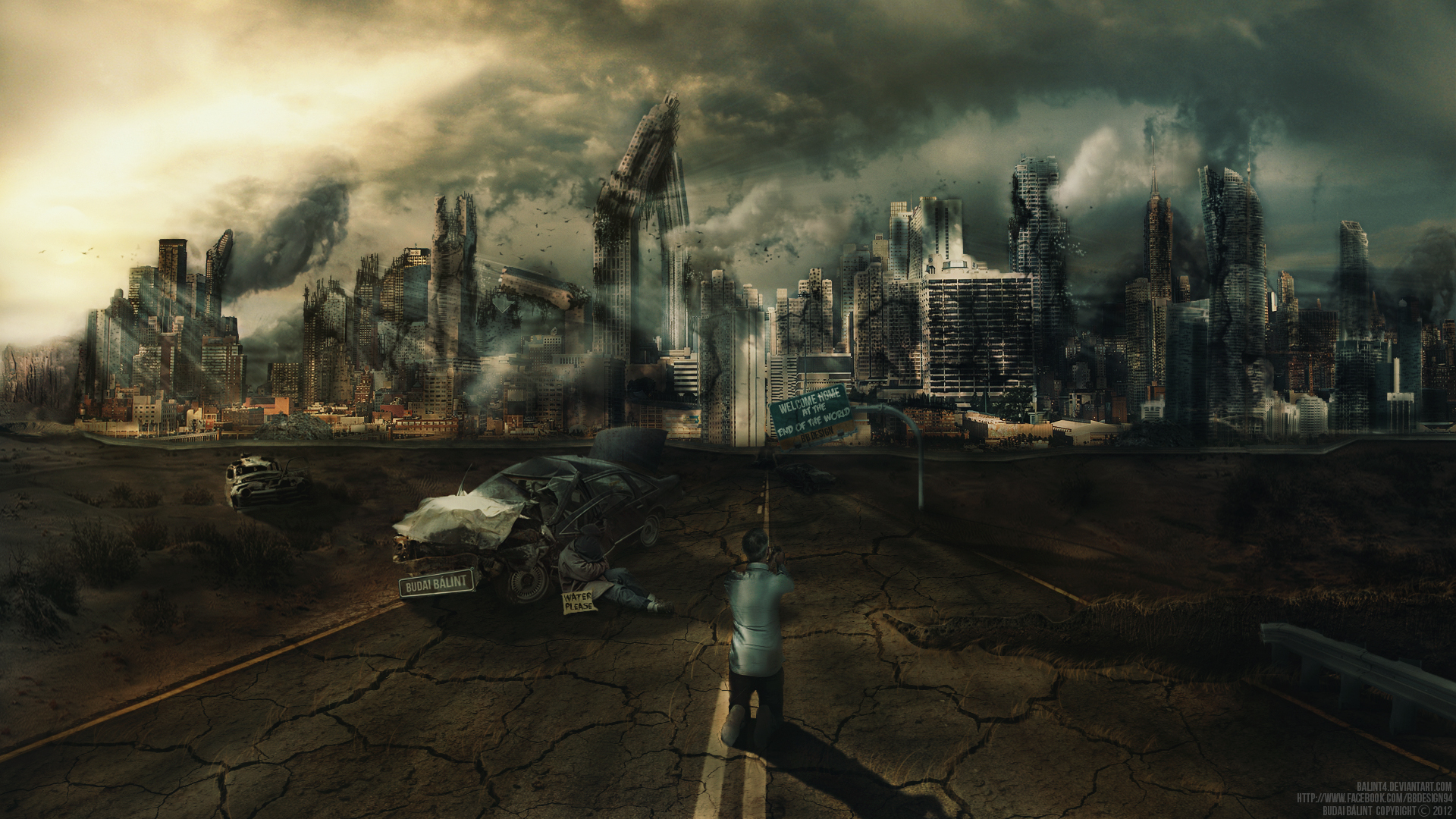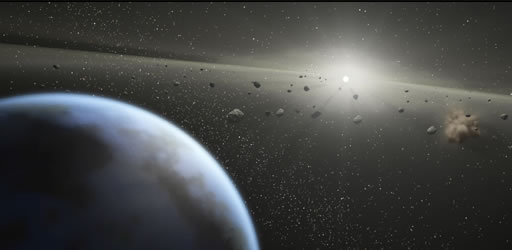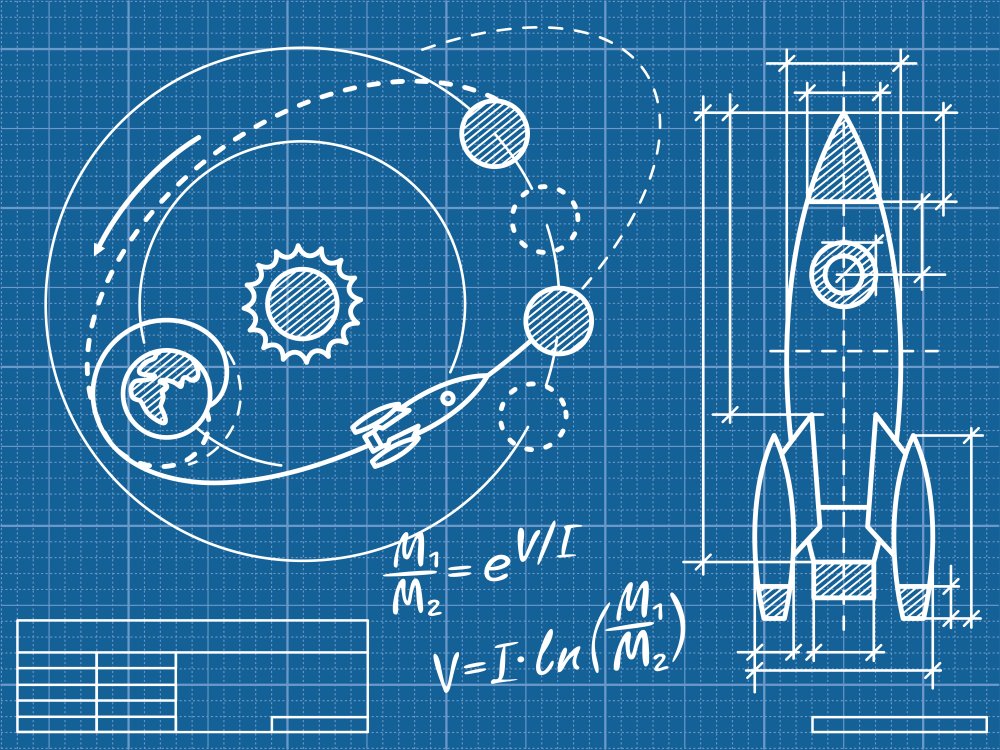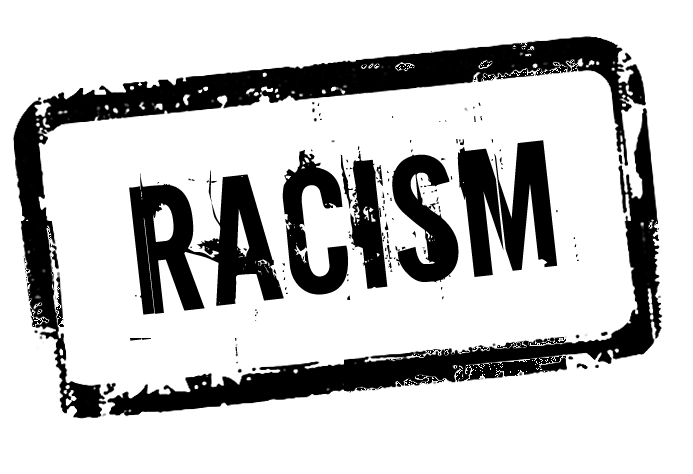"They never knew what hit them"
During the course of human history, we have witnessed many horrifying and destructive events, both naturally and man-made. Because of this, we have developed the habit of predicting the future. Doesn't matter if the prediction is a couple days, months, years, or centuries away, doesn't matter if the prediction is highly illogical or is scientifically possible, we will still try to predict what bad things can happen. Because by doing so, we feel like we can be prepare for what's waiting ahead of us. I remembered hearing someone said that: "The things that we should fear aren't that we've known of, but rather that which we have no clue about." Since human are afraid of things they don't know or isn't familiar with, by predicting the future, we can feel safer about our everyday life (even though that's not always the case).
So today we're going to talk about one of the hottest topic regarding predictions about the future: "How the world will end". World wide destruction was popularized in society thanks to movies, comics, books, social media, and many other sources. But that wasn't the first time this idea is popular in human culture. For thousands of years, people from every culture has been predicting when and how the world will end. Dates for apocalyptic events have been predicted to as early as the year 66 - 70 CE where humanity was supposedly to end after a huge war. Following that are dozens of predictions ranging from destructive asteroids, cosmic alignments, deadly pandemic, to the return of Jesus, and heat ray of the universe. Many of these theories luckily didn't come true, but there are still many left, all saying that life as we know it will end some time in the future.
Sadly, we can't talk about all of them in just one blog. So today, what I'm going to talk about are NEOs. No, not the bad ass main protagonist in the Matrix series (although that would be awesome). I'm talking about Near Earth Objects.
Near Earth Objects are comets and asteroids with orbits that bring them to close proximity with Earth. They ranged from a couple hundred meters to more than a kilometer wide and are considered very dangerous because of the amount of force they can exert on the Earth when hit. To know how much damage an asteroid can cause, lets imagine this: An asteroid the size of a house would have the same damage as the bomb dropped in Hiroshima. An asteroid the size of a 20-story building would be able to destroy most major cities in the US. And an asteroid a mile (1.6 km) wide would be able to destroy almost the entire US, launching million of tons of dust into the air, blocking sunlight and kill all living things on Earth. Oh, and on top of that, the asteroid that killed the dinosaurs 66 million years ago was at least 10 kilometers wide and had more energy when impact than the most energetic known volcano eruption. Imagine an asteroid was to hit the Earth right now, the consequences would be horrifying.
But luckily, we were able to survive this long thanks to our little friend named Earth's atmosphere. What you might've not know is that the Earth is bombarded with asteroids everyday. Scientists estimated that around 18000 to 84000 asteroids come into Earth's atmosphere every year (that's 50 to 230 each day). But since these are quite small, they are burned up and reduced to dust thanks to the atmosphere. Without out, what Earth might look like now wouldn't be much different from the Moon.
But you might be asking yourself this: what would we do if one of those 1 mile wide asteroid where to come in contact with our planet? It is believed that an asteroid about 100 to 500 meters wide is enough to penetrate the atmosphere. So a 1 mile wide asteroid would most likely to hit the Earth. Luckily for us, we possess the technology to divert, not destroy, asteroids or comets about 1 km wide coming toward Earth. By using our rockets and explosives, it's possible to change the direction of the NEOs so that its trajectory would miss Earth.
But there are 2 problems here: one, we don't know what to expect, as a fair amount of NEOs that are assumed to exist still haven't been discovered or keeping track of (estimated to be about 7%) ; and two, to do something like diverting a NEO's trajectory would take years to accomplish (finding its location, trajectory, mass, then calculating how much explosives are enough, then getting the funds, building the rocket...) That's one of the reason why we need to predict the future. So that we can be prepare if something like a 1 mile wide asteroid was to hit the Earth. The dinosaurs went extinct because they weren't aware of what's coming and wasn't prepare to stop it or surviving it. But with the technologies we now have, diverting an asteroid has became a possibility (although a very difficult one to achieve).
So what can we do if an NEO is going to destroy Earth? Well not much. Unless you work in a government of a country with the ability to send rockets into space to stop the NEO otherwise you can only hope that the NEO would miss Earth. So for now, I suggest that you live life to the fullest so that when an asteroid come to destroy Earth, you won't have any regrets. (Sorry for the sad ending)
Near Earth Objects: http://en.wikipedia.org/wiki/Near-Earth_object
Destructive capability of an asteroid: http://science.howstuffworks.com/nature/natural-disasters/asteroid-hits-earth.htm










